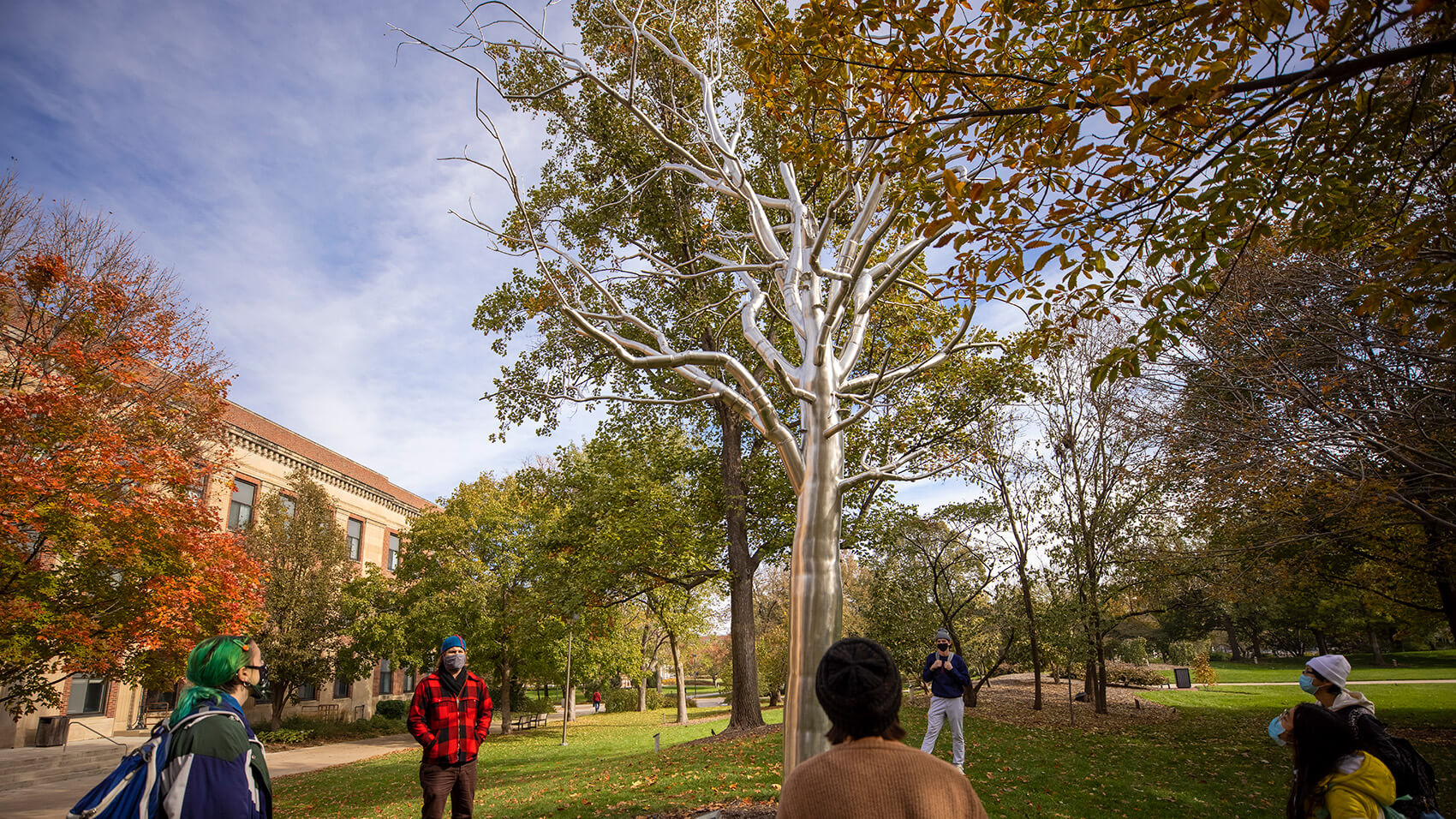This CTT resource introduces faculty to A.I. and provides information about common questions around policies and adapting instruction. We encourage faculty at UNL to contact us at ctt@unl.edu if they would like to explore the capabilities of ChatGPT4 or other AIs without creating accounts.
Academic integrity section added to resource
The impact of AI on any specific course depends on the course’s level, assessment types, and topics covered. Learn more about this in the Academic Integrity section of this resource.
Long-form prompts for learning from Mollick & Mollick
Ethan Mollick and Lilach Mollick have created a collection of prompts that can aid instructors and students. These are extensive prompts worth reading to better understand the capacity of AI to perform more sophisticated work, as well as the knowledge and expertise needed to create such a prompt.
AI and Information Literacy Canvas module available to UNL instructors
A new module, “AI and Information Literacy” is now available in the Canvas Commons. This module is written for students to help them learn about AI tools such as ChatGPT, Bing AI, and DALL-E and strategies for evaluating and citing the outputs created by them. Insert this module into your course and use it as-is or modify it to suit your teaching and learning goals and course policies. Content includes short videos, reading, completing short quizzes, and activities.
Once completed, students will be able to evaluate how to use AI-based tools responsibly in their academic work. Learning outcomes include:
- Explain generally how AI-based tools work as well as their benefits and risks
- Recognize when AI gives inaccurate or misleading answers, and fact-check AI output
- Cite AI-generated work
- Begin exploring creative ways to use these tools
This CC-licensed module was adapted by the UNL Libraries and the CTT and originally created by the University of Maryland.
To add the module to your course, search the Commons for “AI and information literacy” and select “Import/Download”.
Questions?
Contact Melissa Gomis (melissa.gomis@unl.edu) or an instructional designer assigned to your college.
UNO Launches Prompt Book for Faculty and Staff
These prompts for teaching and learning were created by Cassie Mallette and made available to other University of Nebraska campuses and the public through UNO's Canvas LMS.
AI Prompt Resources
- More Useful Things is the companion website to Ethan Mollick's blog and some of the most useful material on this site are the tested prompts developed by Mollick and Mollick for use in teaching and learning.
- Use AI to develop simulations, games, and role playing for students from the author of Teaching with AI, José Antonio Bowen.
- Explore AI assignments curated by the AI Pedagogy Project by metaLAB (at) Harvard
Or contact us if you'd like assistance with an AI project for teaching and learning that you're developing.
Learning Community
AI Skill Sharing
Sep 19, Oct 24, Dec 5
Learn what others are doing with generative AI. These lunchtime Zoom sessions are open to faculty, staff, administrators, and students across all University of Nebraska campuses.
Friday, December 5, we'll be learning about AI bots and agents. Erin Bauer will introduce us to Meddie Bot and David Mabie will tell us about his AI Tutor Bot for Intro Physics.
Resource
Example Course Policies around AI
There are three types of policies that may be used at the course or assignment level:
- Unrestricted use
- Use under specific circumstances
- Use prohibited entirely
Developing Course Policies
- Three types of policies and several examples
- Miron et al. (2023). Supporting Academic Integrity: Ethical Uses of Artificial Intelligence in Higher Education Information Sheet (PDF). This resource provides guidance on how to communicate assessment expectations to students and what aspects should be considered when "cognitive offloading tools" are employed or available.
Specific Examples of using A.I. as part of teaching
- Hendriksen, C. (2023). ChatGPT and Bing: A practical guide for social science and management studies. Google Docs.
- Nirantzi et al. (2023) 100+ Creative Ideas to use AI in Education. Creative Commons. Each slide in this presentation gives an example of how instructors or students are using AI to teach and learn.
- Alby, C. (n.d)ChatGPT: Understanding the new landscape and short-term solutions.Google Docs. This resource uses "problem/suggestions" format that may help address many initial questions.
D’Agostino, S. (2023, January 12). ChatGPT Advice Academics Can Use Now. Inside Higher Ed.
A more extensive article in which 11 academics propose ideas for “harnessing the potential and averting the risks” of AI technology in the classroom.
Mills, A. (n.d.). AI Text Generators: Sources to Stimulate Discussion among Teachers. Google Docs.
A large collection of resources and articles sorted into several categories among which are “Sample Academic Integrity Statements about Text Generators” and “Student Perspectives and Marketing to Students” along with “Understanding AI Text Generators/Large Language Models.”
